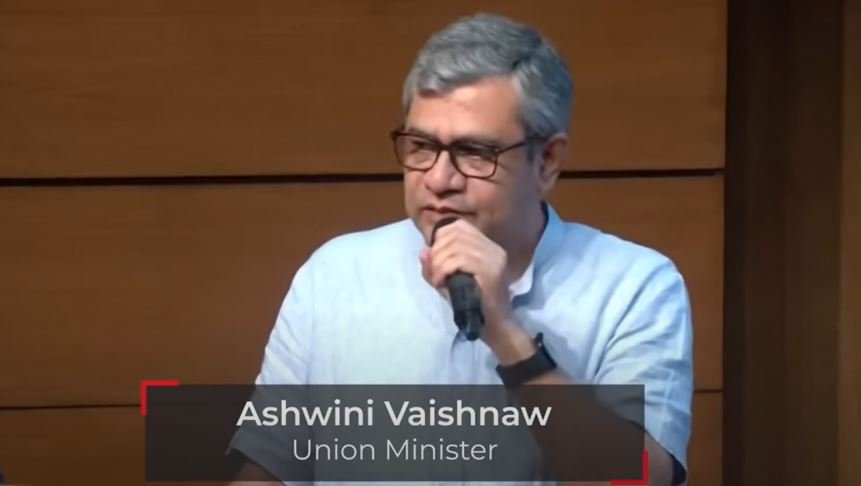The Union Cabinet, chaired by Prime Minister Shri Narendra Modi, approved the Unified Pension Scheme (UPS) on 24/08/2024. the scheme guarantees a minimum pension and offers enhanced benefits for long-serving employees.
The Unified Pension Scheme (UPS) represents a significant stride in India’s efforts to secure the financial future of its 23 lakh central government employees. This innovative initiative tries to fix the loopholes of the current National Pension Scheme and underscores the government’s commitment to providing a stable and dignified retirement for its workforce.
Let’s understand the salient features of the Unified Pension Scheme (UPS) in depth:

Table of Contents
Assured pension under Unified Pension Scheme
50% of the average basic pay drawn over the last 12 months prior to superannuation for a minimum qualifying service of 25 years. This pay is to be proportionate for lesser service period up-to a minimum of 10 years of service.
Assured family pension under Unified Pension Scheme
An assured family pension of 60% of pension of the employee immediately before her/his demise.
Assured minimum pension under Unified Pension Scheme
An assured minimum pension of 10,000 per month on superannuation after minimum 10 years of service.
Inflation indexation
Both the assured pension and the family pension are subject to inflation indexation. This adjustment ensures that the pensions keep pace with inflation.
This Dearness Relief will be based on All India Consumer Price Index for Industrial Workers (AICPI-IW) as in case of service employees.
lump sum payment
At superannuation in addition to gratuity payment a 1/10th of monthly emoluments (pay + DA) as on the date of superannuation for every completed six months of service. This payment will be in addition to the assured pension and will not reduce the quantum of assured pension.
Contribution Pattern Under Unified Pension Scheme
According to the media sources, the pension corpus would be divided into two parts and separately invested. The first part equal to 10 per cent of the contribution of the employee and the government towards the corpus will be invested as per the choice of investment made by the individual employee. The second part equal to 8.5 per cent of the government’s contribution towards the pension will be pooled and invested separately.
How Unified Pension Scheme will work
The assured pension will be based on the ‘default mode’ of investment pattern notified by the pension regulator and considering full annuitization of individual pension corpus.
In case, the benchmark annuity is lower than the assured annuity, the shortfall will be made good.
In case the individual employee corpus generates higher than assured annuity (based on investment choice exercised by the employee), the employee will be entitled to such higher annuity.
In case however, the annuity generated is lower than the default mode, the top up provided by government through Unified Pension Scheme (UPS) will be limited to the benchmark annuity.
Some doubts that are still unanswered
- About Individual Corpus cited above which is 20 % : what If this corpus will grow larger than the benchmark corpus designed by the government to provide the assured pension. In this case the employee will get higher pension than assured pension or not.
2. how the government will bear the cost of Separate corpus of 8.5% contribution pooled separately as stated above?
Huge Funding of 470 Crore earned india only 6 medals in Paris-2024: read comprehensive coverage
Unified Pension Scheme: A Way forward
The Unified Pension Scheme offers significant benefits, including financial security and a dignified retirement for central government employees. However, questions remain about its long-term sustainability, funding pattern and implementation details. Addressing these concerns will be crucial to ensuring the scheme’s success and the continued trust of its beneficiaries. Many things are still vague, till the detailed gazette notification will not come out.
Till then join us for more updates on this currently growing topic.



Can I ask a quick question about your site? https://google.com/?quog
Roquog
yes, please
Pingback: One Nation One Election Comprehensive coverage